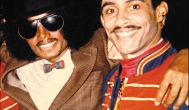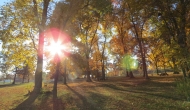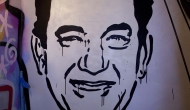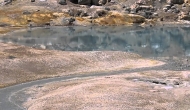We are very pleased to present the work of reclusive northern California artist Jacques Levy, who is interviewed by his son, southern California filmmaker Abe Levy, about his six decades of work as a painter. Jacques’s entire body of work (over two thousand paintings and drawings) has recently been released for public viewing online.
For more information on this astonishing artist please visit www.jacqueslevy.com. TS
Abe Levy: I’ve always thought your paintings, above all, were about emotional space. From your earlier, curvilinear work (folio 06) in the sixties through your abstract color spaces in the seventies and early eighties into your more representational landscapes of the nineties and oughts, there is a continuity to the direct, immediate, visceral impact. However, I haven’t always been able to directly connect my interpretation of that emotion with what I perceived to be your emotional state. Is there a disconnect there? Do your paintings fairly represent your emotional state while you make them or is there a looser, freer impulse that is being presented to the audience. In other words, while art is subjective, are we feeling what you felt when you painted them?
Jacques Levy: Emotion in the late ’60s work is conveyed by line and color. Some of the large paintings created in San Francisco then were described by a critic as “frozen.” That quality derives from the hard-edge of the forms which populate the work and the scarcity of texture in it.
In 1969, my process changed radically due to the influences of “Sufi Sam” Lewis and my Abstract Expressionist teachers. Texture and density supplanted line and flat color, with correspondingly greater emotional intensity. The newly expressive marks I produced began unexpectedly to stimulate visually mimetic suggestions of natural form. Of course, noticing these suggestions required an unusual degree of concentration. My work developed slowly near the cusp of figuration and abstraction until I was startled to discover the figurative within the abstract.
Yes, emotion pervades all my work, but emotion is part of the whole which also includes the body and the intellect. Yet, in my experience and, according to my process, it is the engine and the lubricant. The eye/hand coordinated feed-back loop is energized by it. Choice of color embraces it. Most important of all to me, it provides the gateway to the infernal and celestial realms, to madness and exaltation. Goya said, “The sleep of reason produces monsters.”
It’s fair to say that the works reveal or present rather than represent my emotional state. And it is the revelatory power of the work which is its integrative force. Attempting to translate or interpret these images literally reduces their value as harbingers of the unknown . Jonathan Lear, sometime Yale Professor of Philosophy and author of Love and Its Place in Nature, said that the unconscious mind speaks an archaic language which, because its ancient form is incomprehensible to the intellect, must struggle to be understood. It manifests in sometimes mysterious ways through the body and through dreams and visions which are often bewildering.
To reply more specifically to your question, you may feel what I felt if you are concentrating.
Abe Levy: While your work is not generally figurative, there seem to be, over the course of your career, figures that appear – figures that seem to be trying to tell the viewer something, to tell a story – sort of like ‘Virgil’ in Dante’s Inferno. However, knowing something about how you work, your process, I always suspected that they had shown up to tell you, the artist something, rather than us, the viewer. Is there something to this?
Jacques Levy: Yes, that’s a fine insight.
In 1968, DeWitt Robeloth wrote an exhibition review in Art Week entitled “Jacques Levy: Labor Pains of the Birth of Self Knowledge.” In it he said, “Levy has titled the show ‘We Are the Mind Readers.’ His is the mind, but who are the ‘we?’ It must be the paintings themselves-catching and holding the thoughts and conflicts as they swirled off his brush…”
It’s obvious that the artist will be the first recipient of the revelatory image, which can be understood as a message from the unknown. Whether others will be informed by the image is a more complex question which I will leave to the individual viewer to answer.
Abe Levy: There is a period in your pen and ink work that often depicts horrific, hell like imagery, but also tends to include humorous elements. While these hellish creatures and scenes of alienation and persecution imply a passive, automatic, subconscious level to the works, the humor feels conscious, active, self aware. Could you describe your process with pen and ink, and what your thoughts are on this seeming contradiction? (if indeed you acknowledge it) and could you go into what was happening in your life during this period?
Jacques Levy: Your observation and analysis of my creative dynamic are correct. The images themselves develop beyond my conscious control. They evolve from the matrix of expressive marks moment to moment and often present themselves as a surprise. The ironic humor involved in naming some of the images is not a contradiction to my process. It’s simply a departure; a different level of mind. Some images in Interior Exile: Works on Paper 1966-1989, for example, have such bewildering titles.
Abe Levy: Your landscapes in oil very often seem to be from a similar view, of a similar space, while your landscapes in pen and ink vary much more considerably in their ‘locales’. Knowing that these are all locations from your mind and don’t actually exist in reality, why does the medium of pen and ink provide so much more ‘real estate’ in your work? My impression has been that you were somehow more free with the pen and ink to explore composition, and that you were trying to penetrate further somehow into color and light by revisiting similar compositions in Oil. Is there something to this thought?
Jacques Levy: Pen and ink is the most immediate and available medium for me. I began using it before any other in 1966. Because of its simplicity of use, I often turned to it when I had an urgent need to find solace or refuge, which was often. Consequently, my works in pen and ink outnumber the rest by a large margin. Spending so much time with it developed my skills and self-confidence earlier than with a more complex and time-consuming medium like oil.
I suppose I had more time to experiment with pen and ink and, therefore, produced more variations on a theme.
Abe Levy: To me, your over all body of work has a lonely quality to it. Are you a loner? Do you feel that your work provides a glimpse into who you really are? Few artists have a body of work that covers as many decades as yours, with such a raw, emotional truthfulness. Can we learn who Jacques Levy is by looking at your work?
Jacques Levy: Yes, I am a bit of a loner. The qualification is that I am not asocial. I enjoy parties, being around others, going to events, and, as you know from my history, being involved in family and community. But, I need and take plenty of time for myself at home with my work and relationship. These days I am generally happy and serene, sometimes joyful, rarely if ever lonely, despondent or depressed.
Years ago, I read an interview of Clyfford Still [American Abstract Expressionist Painter] who said, “I paint for my own satisfaction.” Around the same time, I was listening to the call-in responses to a radio lecture on Zen given by Alan Watts [Author and Zen maven.]. He was asked, “You’re an expert on Zen; why aren’t you a Buddhist?” He replied, “I’m temperamentally not a joiner.”
Both of those comments resonated with me and so, I think, they describe me as well.
Evidently, you have learned something about me from my work and others may also. It’s important to remember that the art and the artist hopefully evolve together. I don’t feel lonely these days because my art has taught me that I have choices in every sphere of my life.
I will finish this reply with an instructional anecdote dating back to the days when my alienation was nearly complete. It was circa 1973, and I impulsively went to visit Neville Warwick, also known as Dr. Ajari, a Buddhist teacher I knew. He was rehearsing with the Mantric Sun Band, a group of musicians who studied with him.
During the intermission, he invited me up to his office and asked me to show him what I was doing. I showed him my dark drawings. He looked at them carefully, then said “See if you can find Standard Oil on that printed sheet of paper.” I looked in vain, but just before giving up, I found a trace of the upper half of the words Standard Oil on the very bottom edge of the paper. Initially bewildered by his instruction, I soon remembered the Buddhist Wheel of Life, a visually descriptive chart of the karmic stations of existence. Standard Oil was in the loka, or position, of creatures living in hell.
**You should follow Shea Magazine on Twitter HERE!**
Abe Levy
has three heads - one for writing, one for filmmaking and one for playing steel guitar. His new film DEEP DARK CANYON will be released in April. He lives with his family in Hollywood.
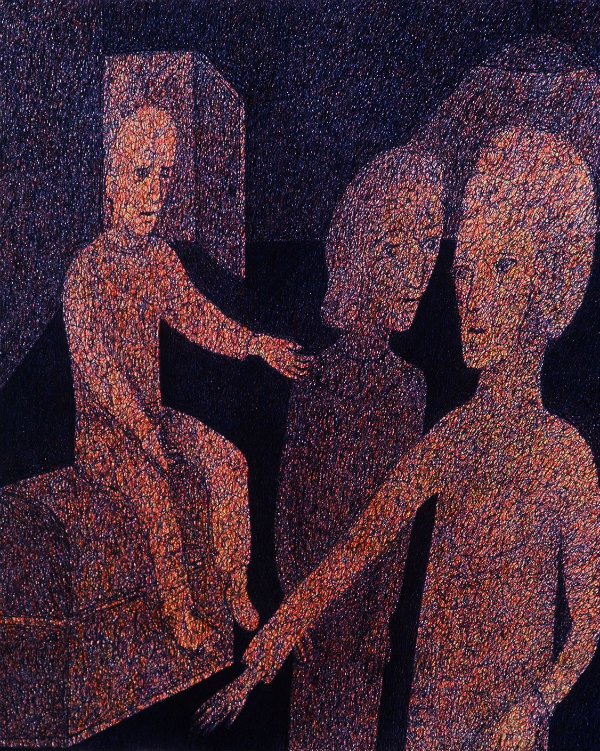
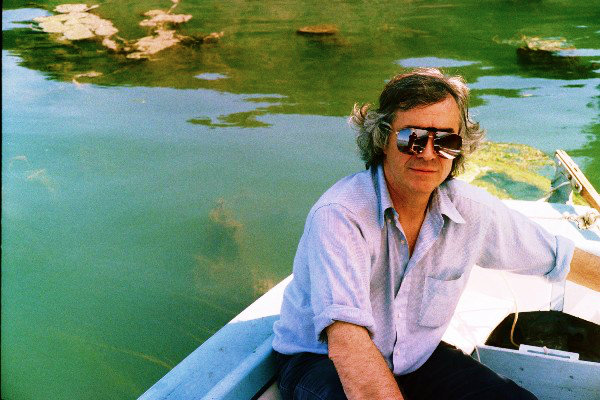
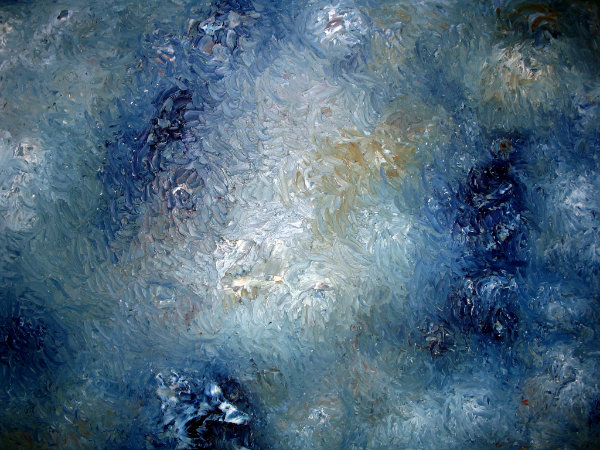
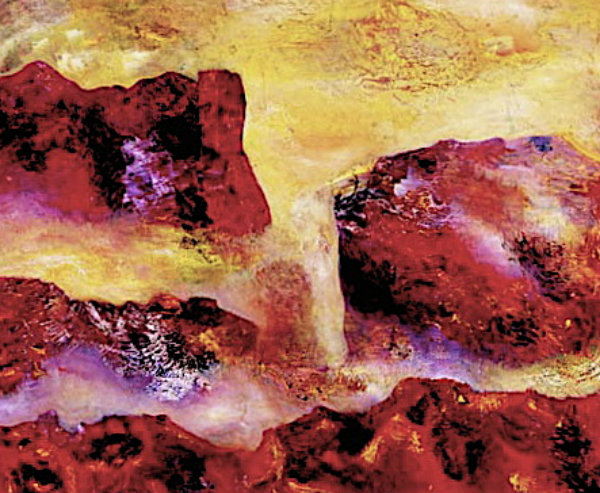
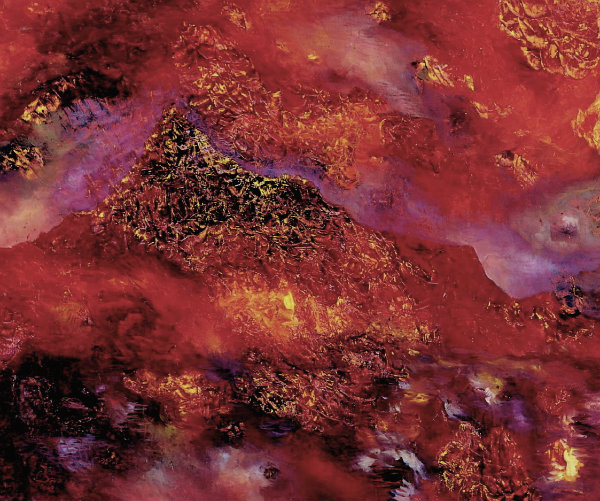
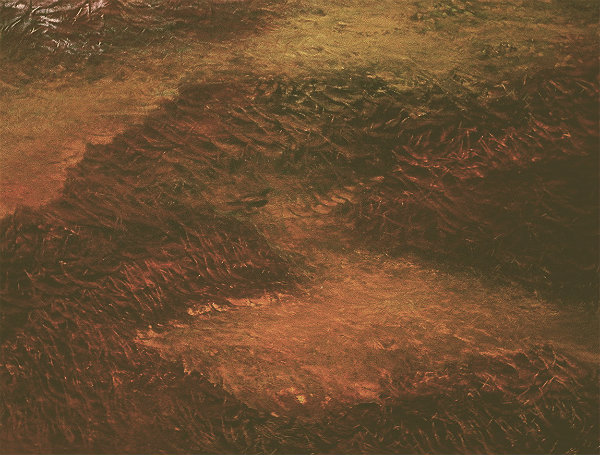
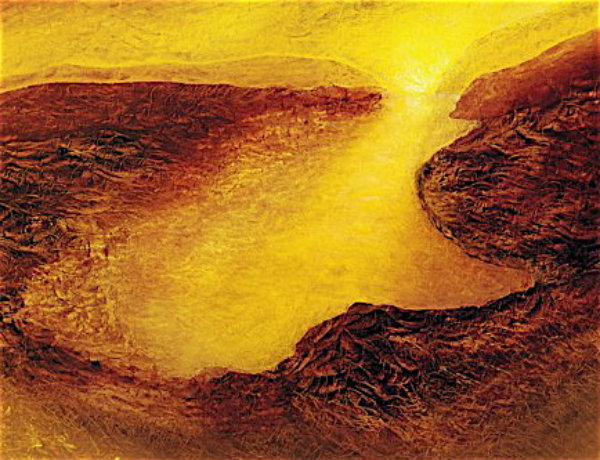
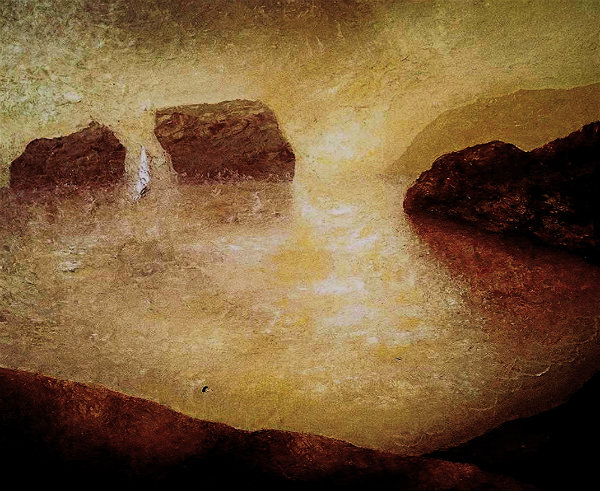
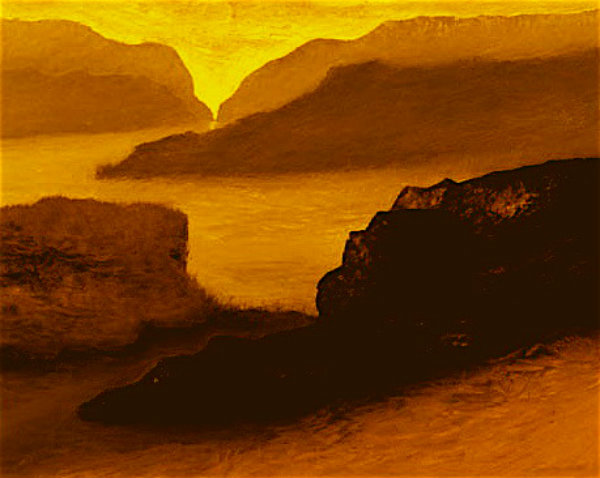
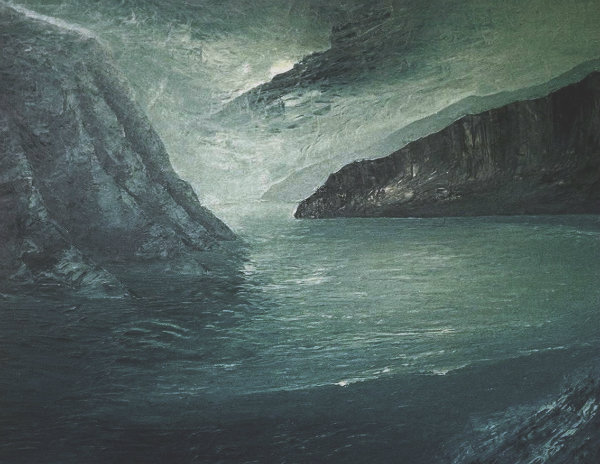
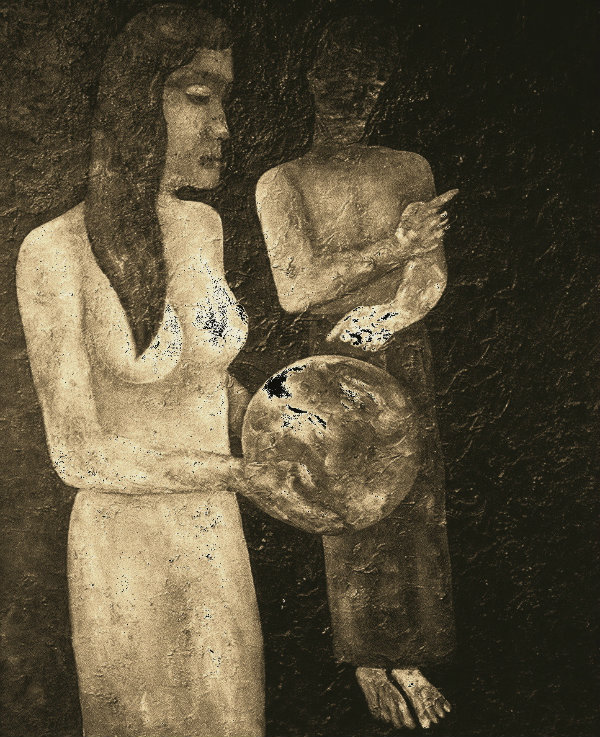
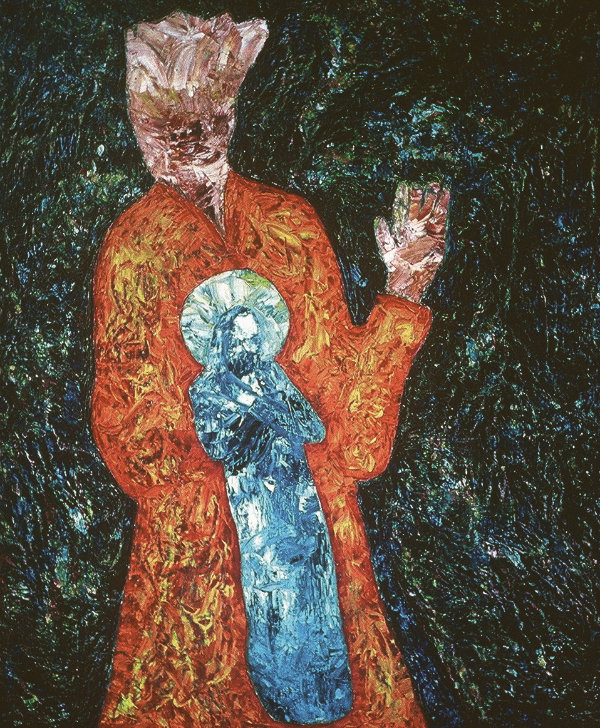
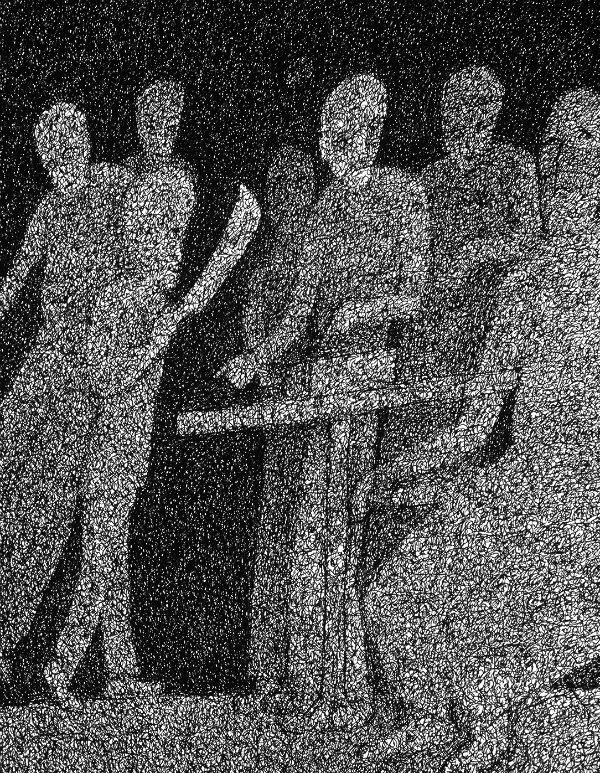
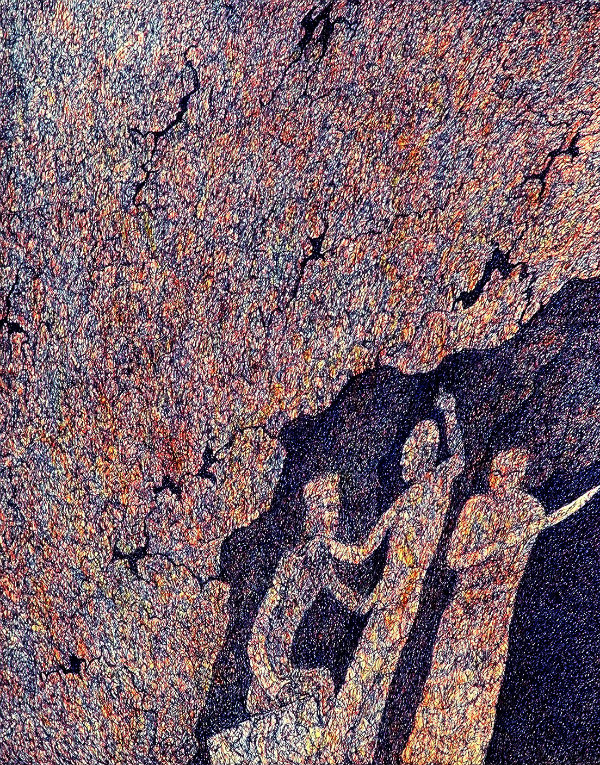
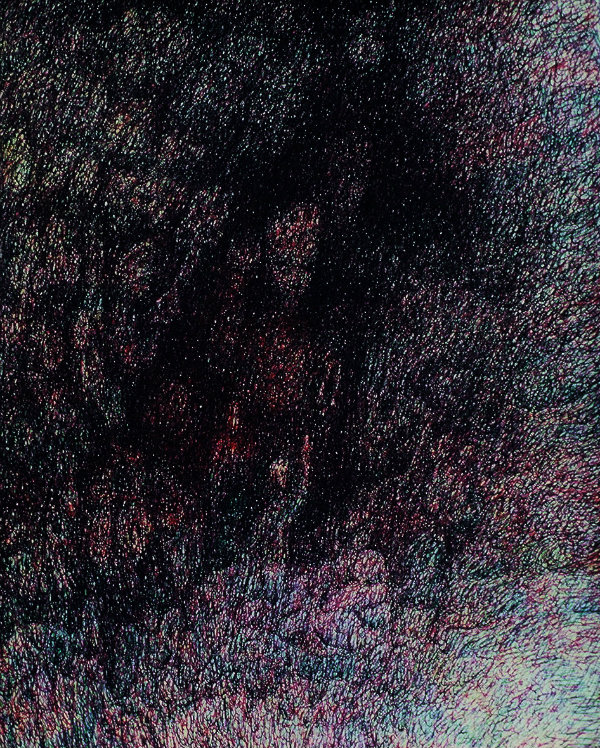
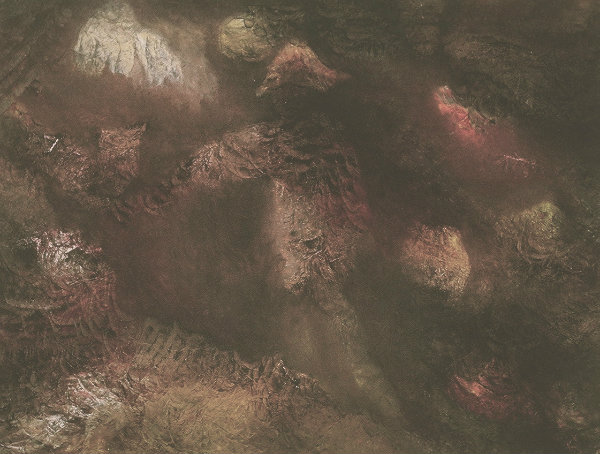
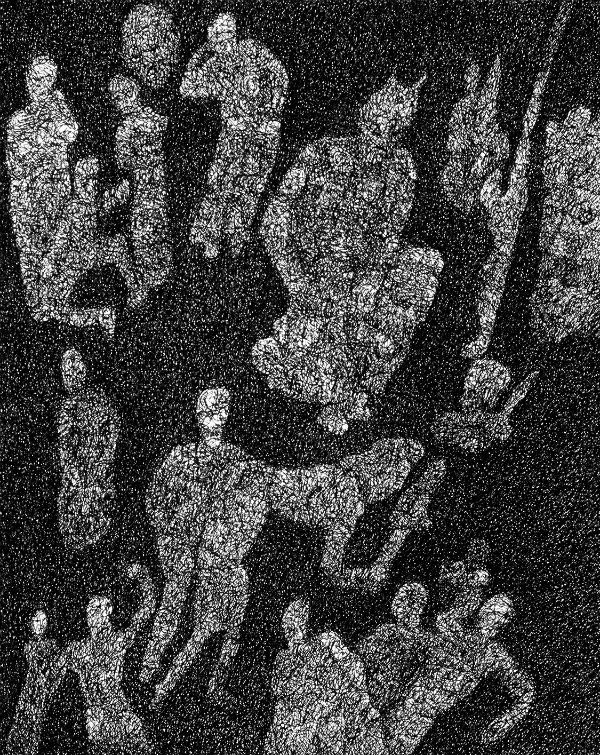
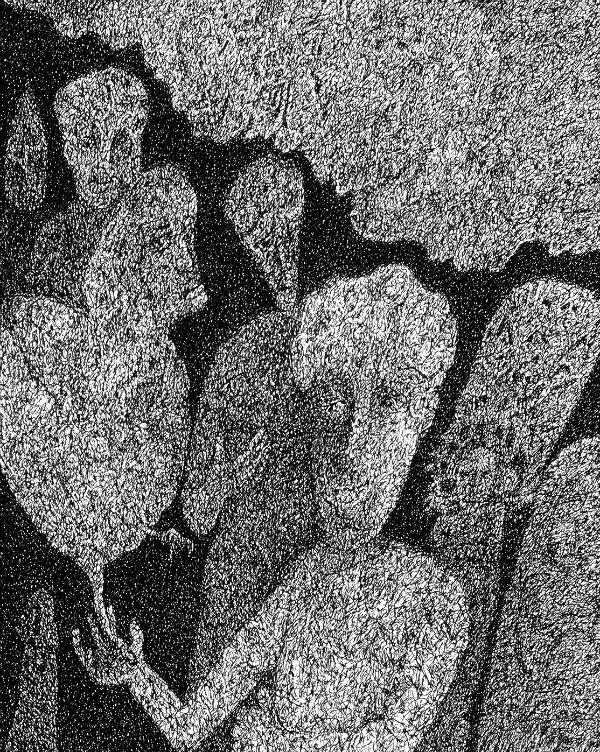
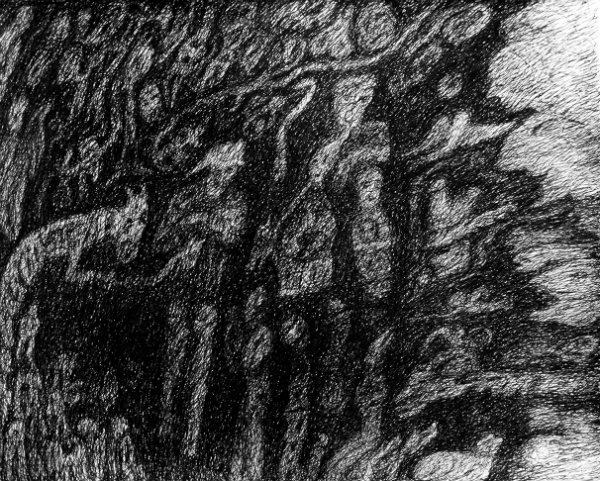
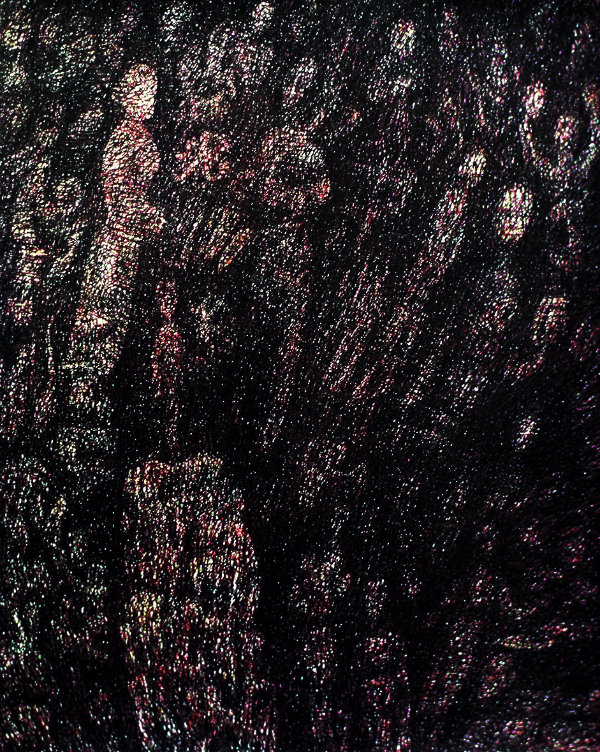
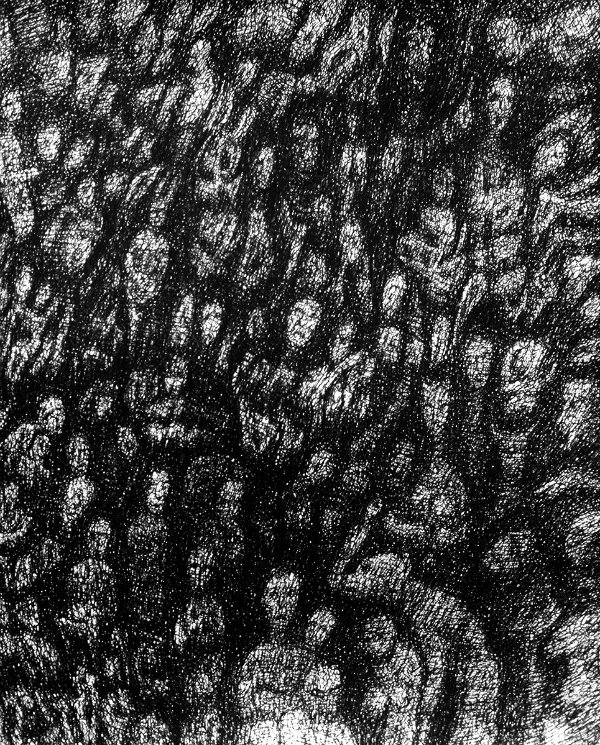
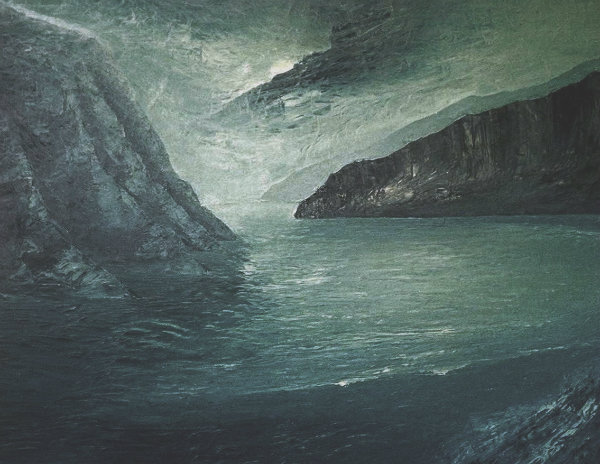
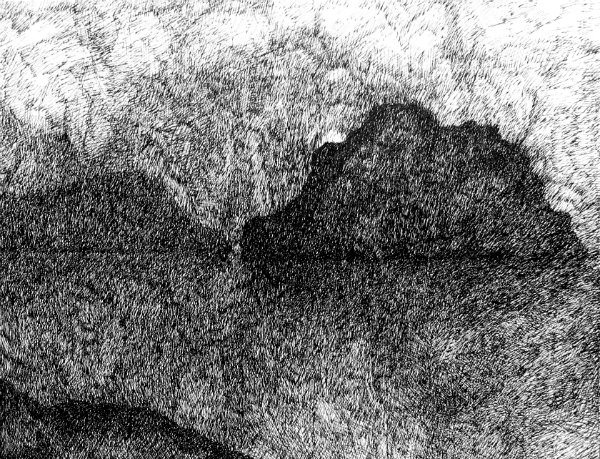
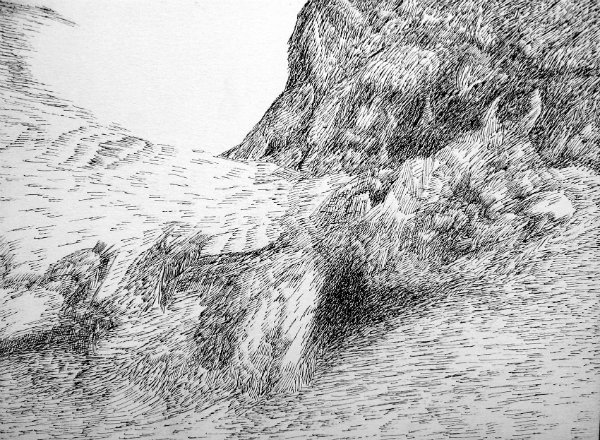
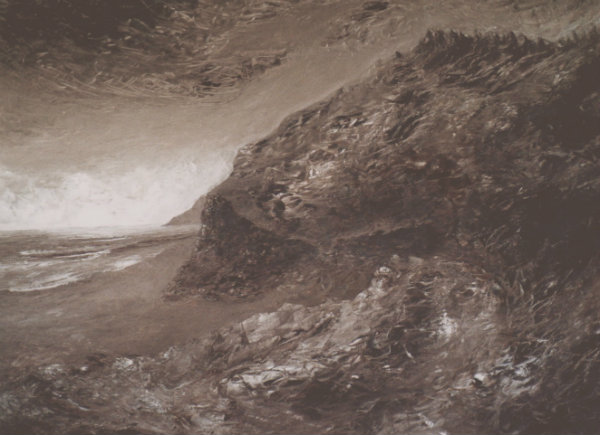
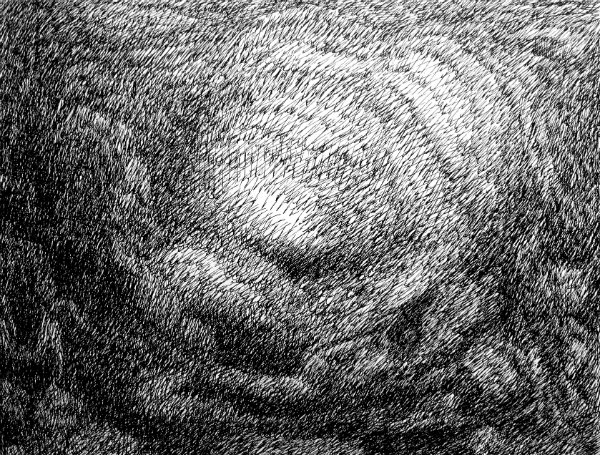

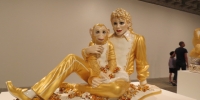
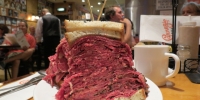

![Let's Go to the Empire State Building - Shall We? [PHOTOS]](https://sheamagazine.com/wp-content/plugins/special-recent-posts-pro/cache/MjAwMTAwbm9JTUdfMzkxNjE=.jpg)

![Let's Go to Chinatown, Shall We? [PHOTOS]](https://sheamagazine.com/wp-content/plugins/special-recent-posts-pro/cache/MjAwMTAwbm9jaGluYXRvd24tMi1idy0=.jpg)
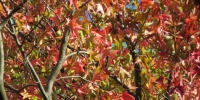
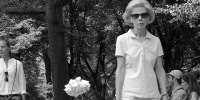
![Sunset - Pelham Shore Park - Long Island Sound [PHOTOS]](https://sheamagazine.com/wp-content/plugins/special-recent-posts-pro/cache/MjAwMTAwbm9JTUdfMzM3MC1SRVNJWkU=.jpg)
![Scenes from Washington Square Park - NYC [PHOTOS]](https://sheamagazine.com/wp-content/plugins/special-recent-posts-pro/cache/MjAwMTAwbm9JTUdfNDA1Mg==.jpg)


![The 2015 National Beard and Moustache Championships [PHOTOS]](https://sheamagazine.com/wp-content/plugins/special-recent-posts-pro/cache/MTkwMTEwbm9JTUdfMjgzMi1yZXRvdWNoLS02NDB4NDEw.jpg)
![Let's Hike Williamsburg Bridge - Shall We? [PHOTOS]](https://sheamagazine.com/wp-content/plugins/special-recent-posts-pro/cache/MTkwMTEwbm9yZXRvdWNoLTc5ODY5dDdnLTY0MHg0ODA=.jpg)
